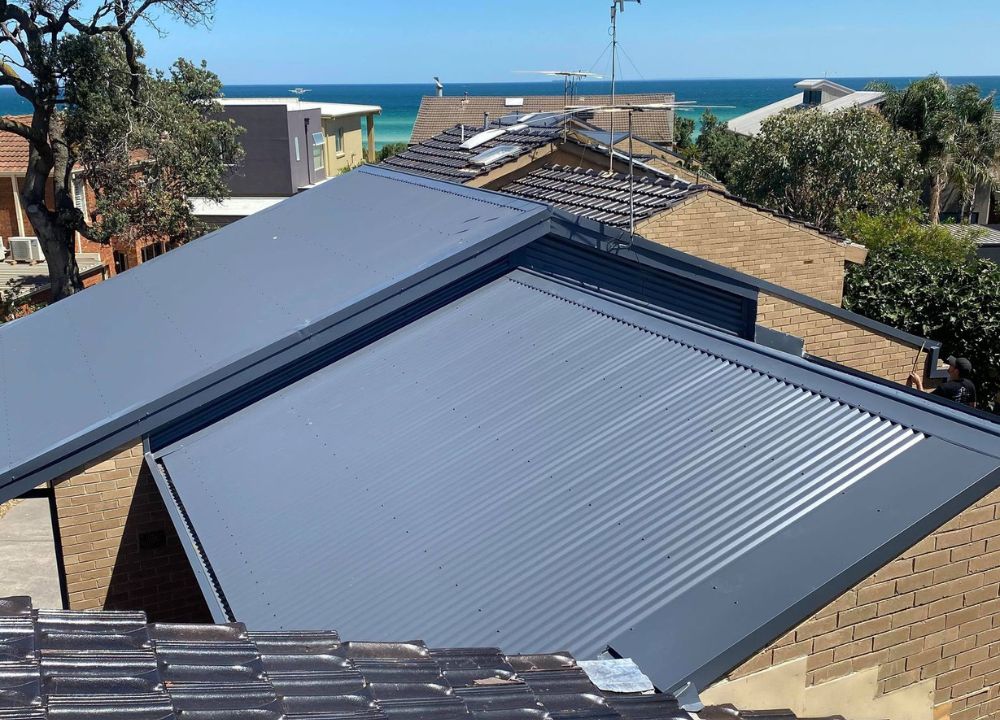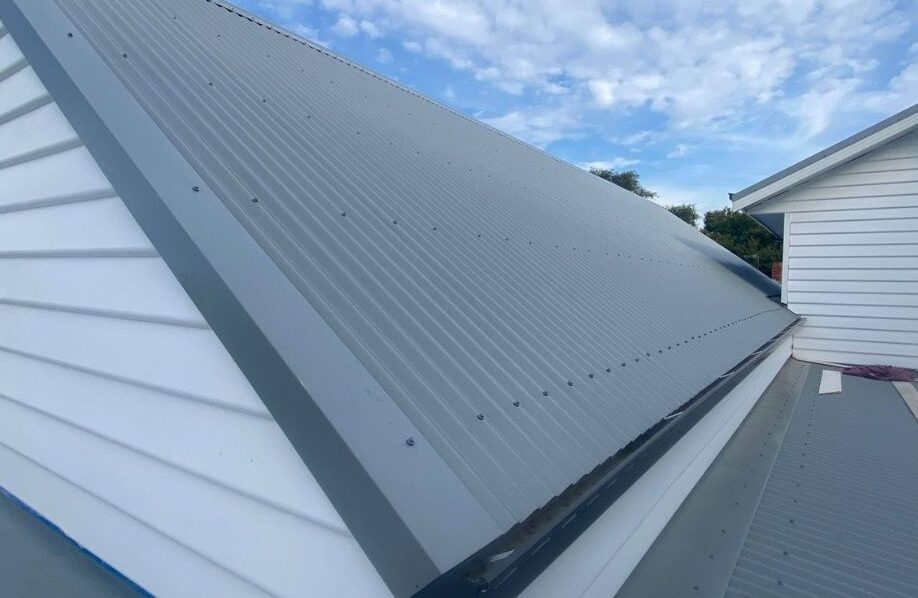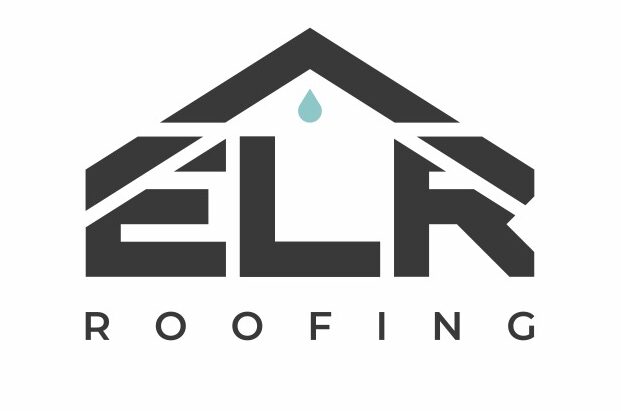Do Roof Pitch Matters on Roof Replacement?
The pitch of a roof, also known as its slope, is the angle at which it is sloped. During roof replacement, it is essential to consider since it can influence the materials used, installation methods, and overall roof performance. Furthermore, the roof’s pitch can impact a roofing system’s overall performance and longevity. Proper roof pitch and drainage are vital for preventing water from infiltrating and damaging the roof. Improper pitch can cause the roofing materials to deteriorate prematurely and potentially cause structural damage to the structure.
The roof pitch must thus be considered when planning a roof replacement job. Knowing how vital roof pitch is will help you choose roofing materials and installation techniques wisely, ensuring your new roof will be sturdy and long-lasting.
In this post, we’ll look at the importance of roof pitch in roof replacement and talk about how it may affect the lifetime and toughness of your new roof.
What is a Roof Pitch?
The roof pitch or slope is the angle at which a roof is inclined or slanted. It is often stated as a fraction or percentage representing the roof’s vertical rise to its horizontal run ratio. For instance, a roof with a 4:12 pitch rises four inches vertically for every 12 inches of run.
The roof pitch impacts the roof’s structural integrity, weather resistance, and drainage capacities, making it an important consideration when deciding on roofing materials and building a roofing system.

How Important is a Roof Pitch?
There are various reasons why roof pitch is essential, including:
A roof’s main job is diverting water from a building’s interior. The chance of water damage and leaks decreases with increasing roof pitch because water drains more quickly.
A high roof pitch is necessary for areas with frequent snowfall to prevent snow accumulation and subsequent roof collapse. Snow will roll down the roof instead of building up on it when the slope is steeper.
Maintaining a healthy interior climate and avoiding moisture buildup that can promote the growth of mould and mildew need proper ventilation. A higher roof pitch makes better ventilation and improved air circulation possible.
Its roof’s pitch significantly influences a structure’s aesthetic attractiveness and style. A well-planned roof pitch may improve a building’s overall appearance and feel and boost its curb appeal and resale value.
The roof pitch and other variables may also impact the cost of construction and maintenance. Steeper pitches are more expensive to build and maintain because they need more labour and materials. However, they also provide better defence against problems with ventilation, snow load, and water damage.
No pitch on a flat roof is frequently found in commercial and industrial structures. These roofs often employ a membrane roofing material like TPO or EPDM to stop water intrusion.
Low-slope roofs are typical in residential and commercial structures and have a pitch of less than 3:12. These roofs can employ single-ply membrane roofing systems like PVC or TPO. Still, they also need sufficient drainage to avoid water buildup.
A medium-pitch roof, typical in residential buildings, ranges from 3:12 to 6:12. These roofs need shingles or metal roofing components to withstand fair weather.
Residential dwellings frequently have steep-pitch roofs, defined as having a pitch of more than 6:12. Materials that can withstand harsh weather, including asphalt shingles, metal roofing, or slate tiles, are needed for these roofs.
A double-pitch mansard roof is constructed with a flat top and steep sides. This design is frequently seen on old buildings and calls for unique roofing materials and installation methods.
Varying roof pitches might put varying stresses on the supporting structure, necessitating adjustments to ensure the roof is appropriately supported. This may entail building new rafters or trusses, strengthening the roof decking, or altering the load-bearing walls.
A roof’s pitch impacts how well it sheds water. Thus a new roof with a different pitch could need the gutter and downspout system modified to guarantee efficient drainage. If the new roof has a steeper pitch than the old one, more oversized gutters may be needed to accommodate the extra water.
Different roofing materials are needed for different roof pitches. For instance, a low-slope roof would need a membrane roofing system, whereas a steep-pitch roof might need metal roofing or asphalt shingles. The proper materials must be chosen for the new roof to last a long time and withstand the weather.
The roof’s pitch can impact a structure’s overall appearance and design. A roof’s aesthetic value and the building’s curb appeal can be affected by changing the roof’s pitch. Considering how the new roof will adapt to the rest of the building’s architecture and design is crucial.

Choosing the appropriate roofing material is crucial for your roof to last and operate well. Which roofing materials are suitable for your home depends critically on the pitch of your roof. The following roofing materials are some of the most appropriate for various roof pitches:
Materials for low-pitch roofs are needed mainly for flat or low-slope roofs, such as TPO, PVC, or EPDM membranes. These materials are adaptable and robust, making them perfect for low-pitch roofs vulnerable to leaks and water damage.
Asphalt shingles, which are readily accessible, inexpensive, and quick to install, are ideal for medium-pitch roofs. They are perfect for homeowners wishing to improve the curb appeal of their property because they are available in various colours and designs.
Frequently Asked Questions
As a result of increased wind shear, which occurs more frequently on high roof pitches, shingles may be more vulnerable to storm damage. A lower roof pitch might aid in protecting your roof.
Depending on the profile, a roof tile’s minimum pitch varies. While most of our concrete tiles can be used up to 15 degrees, they can get as low as 12 degrees. The length of the rafter, the wind speed, the kind of terrain, and the tiles’ profile must all be considered.
How effectively your roof sheds water is greatly influenced by its pitch. Water tends to collect in the centre of a perfectly flat surface. Snow may not be able to fall from the roof if you are in a region that frequently gets a lot of snow. Instead, it would accumulate and pressure your roof, possibly leading to failure.
Conclusion
